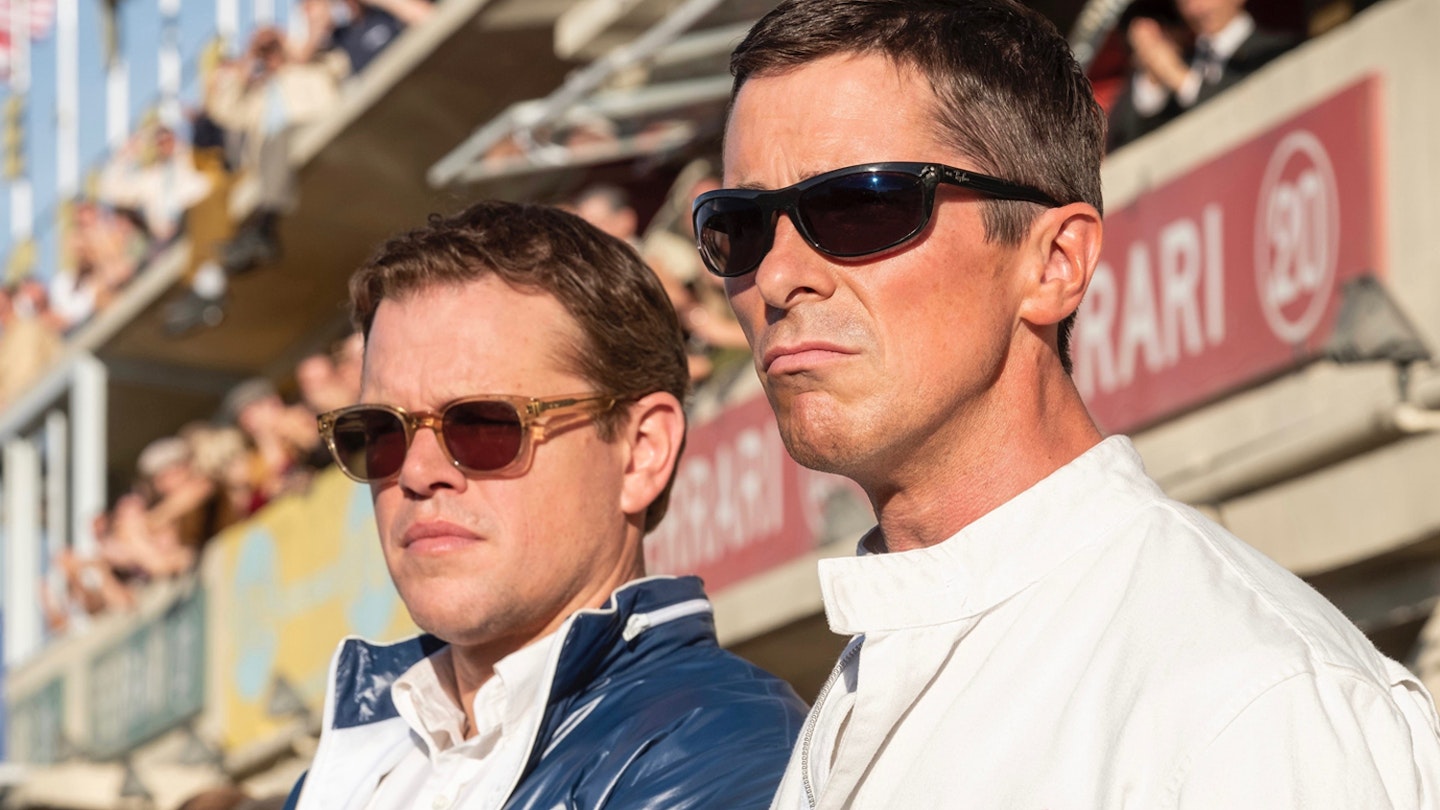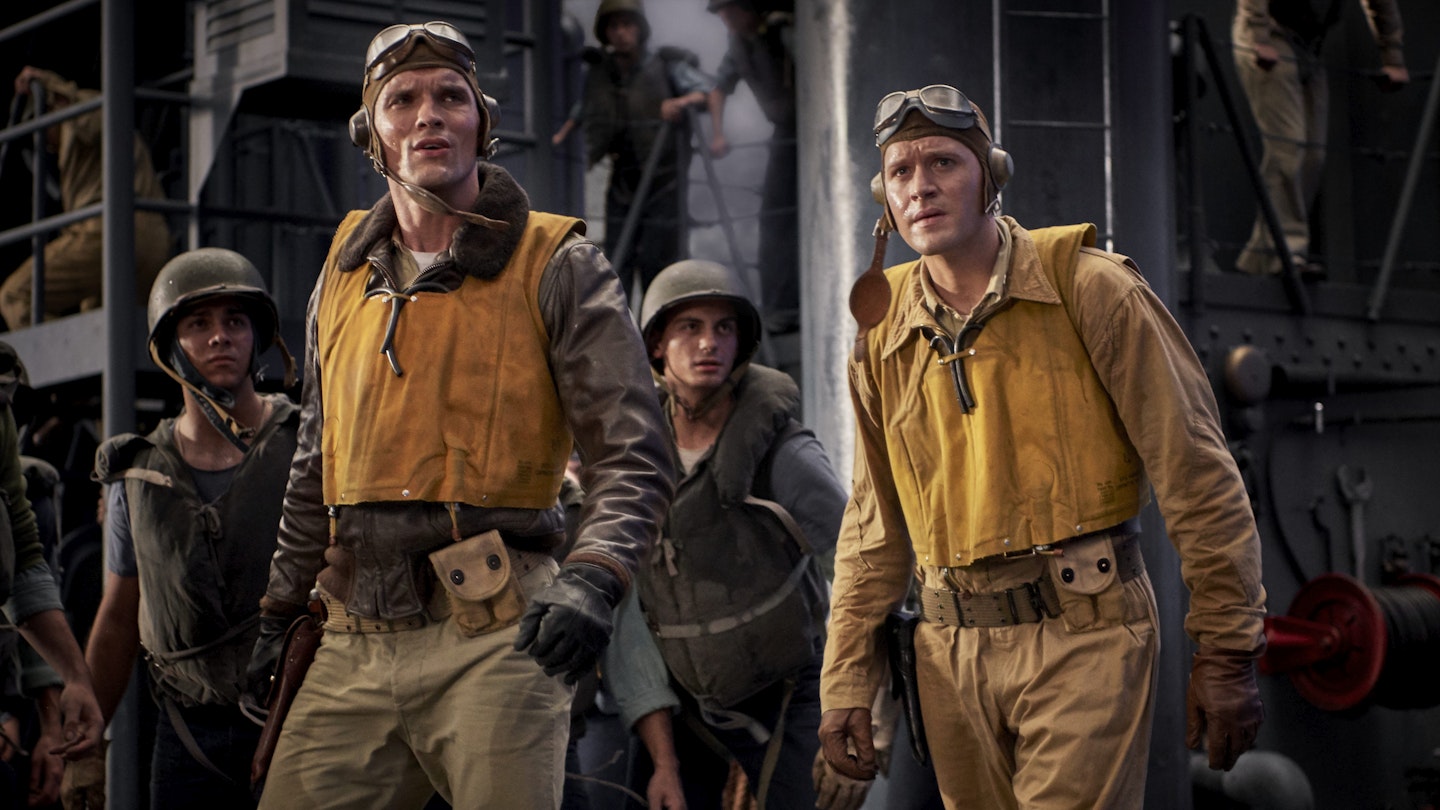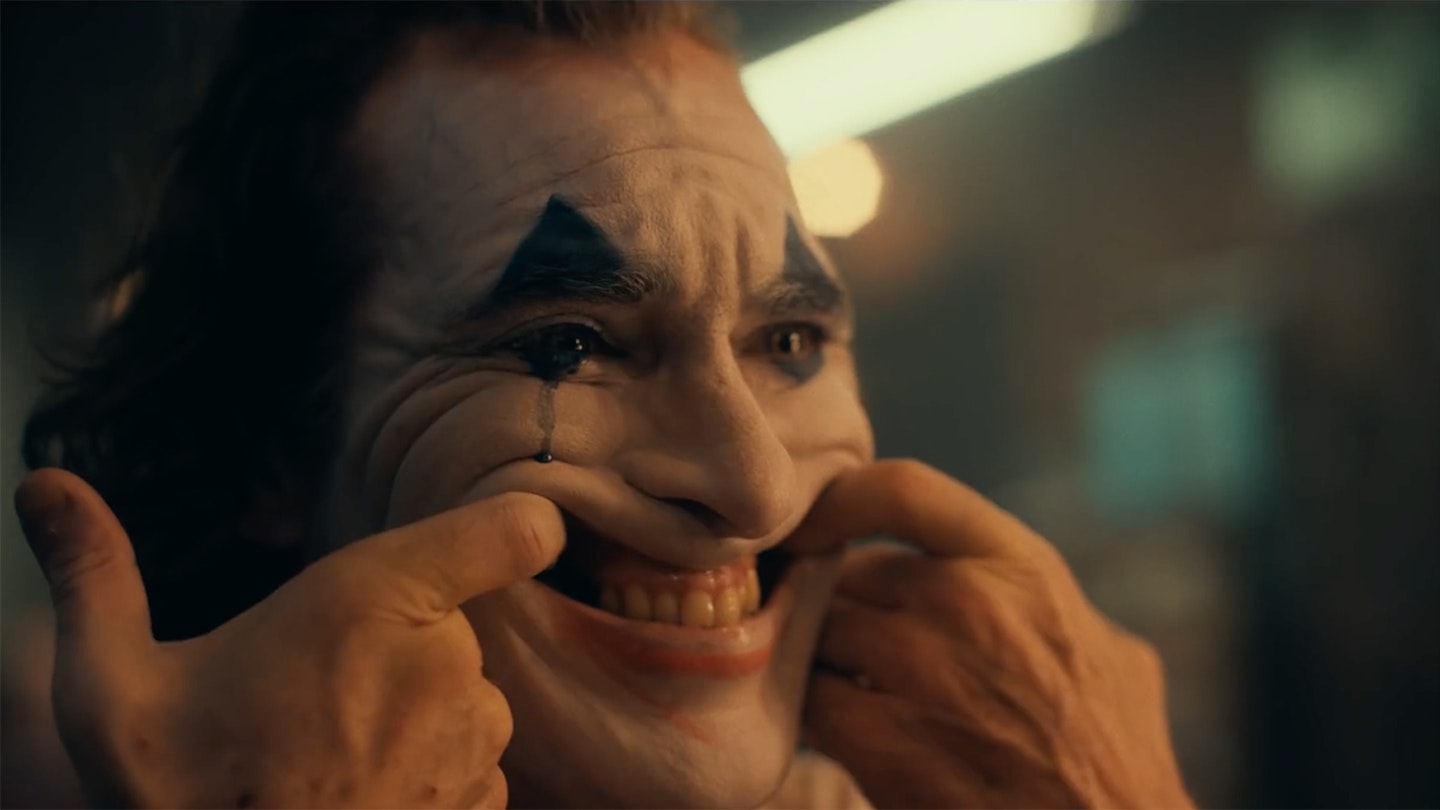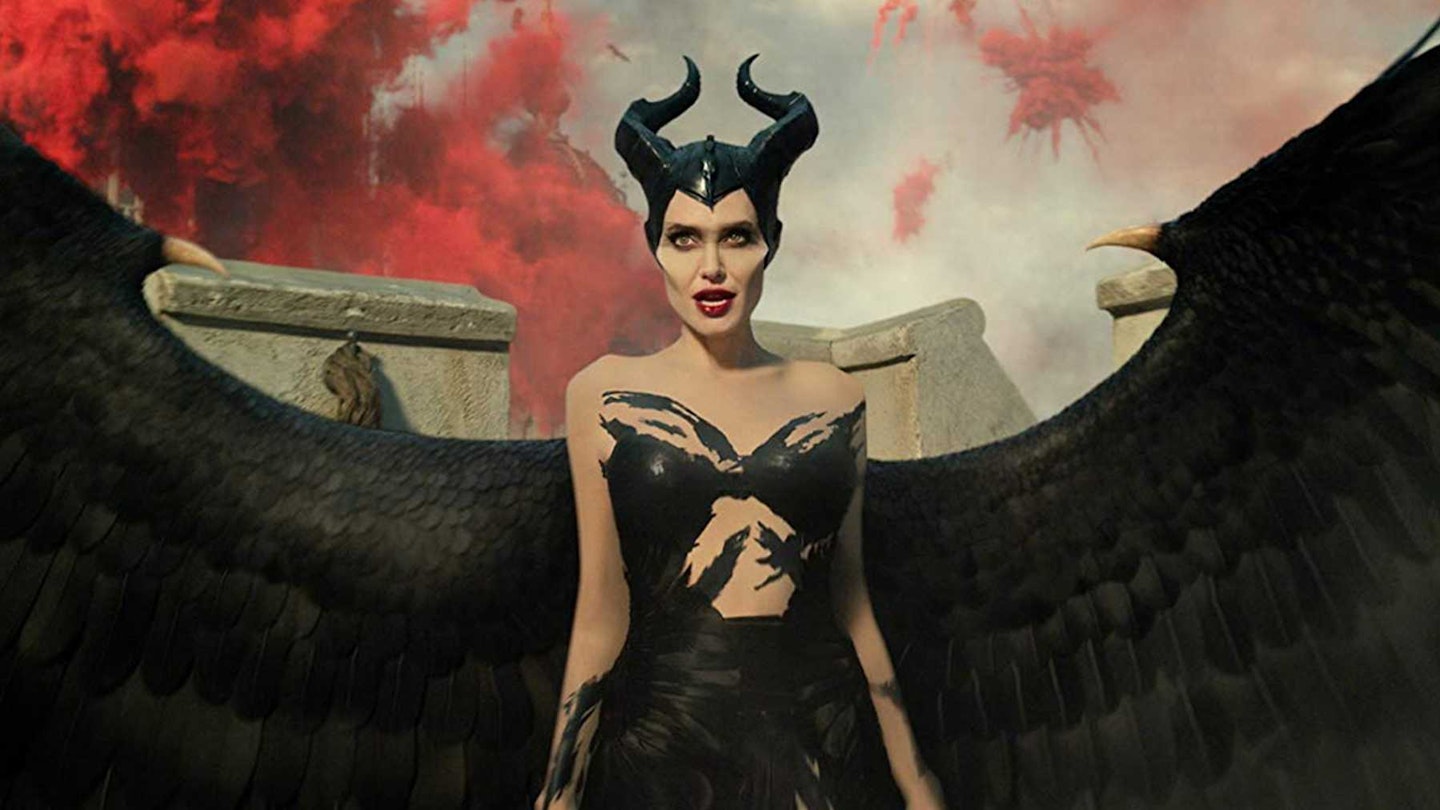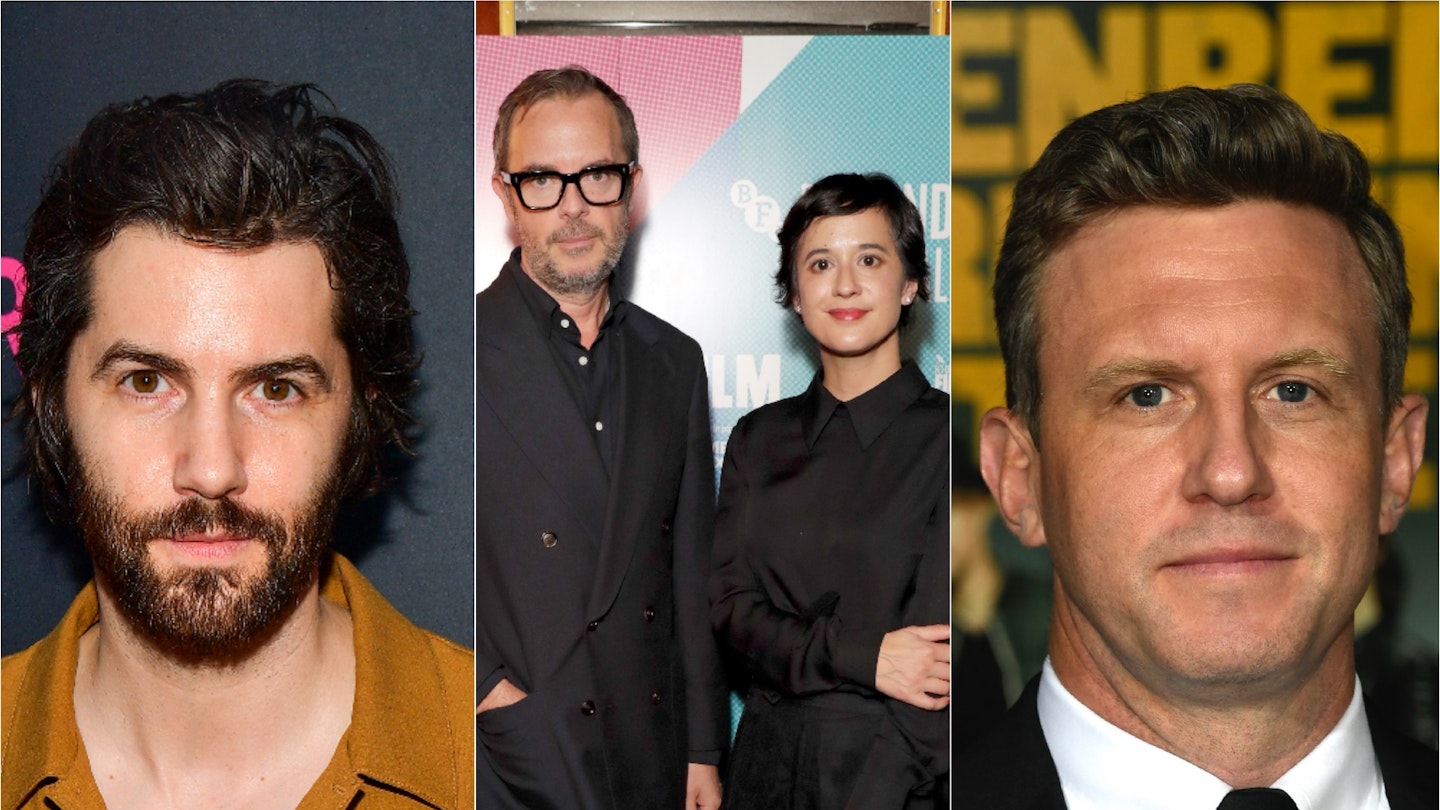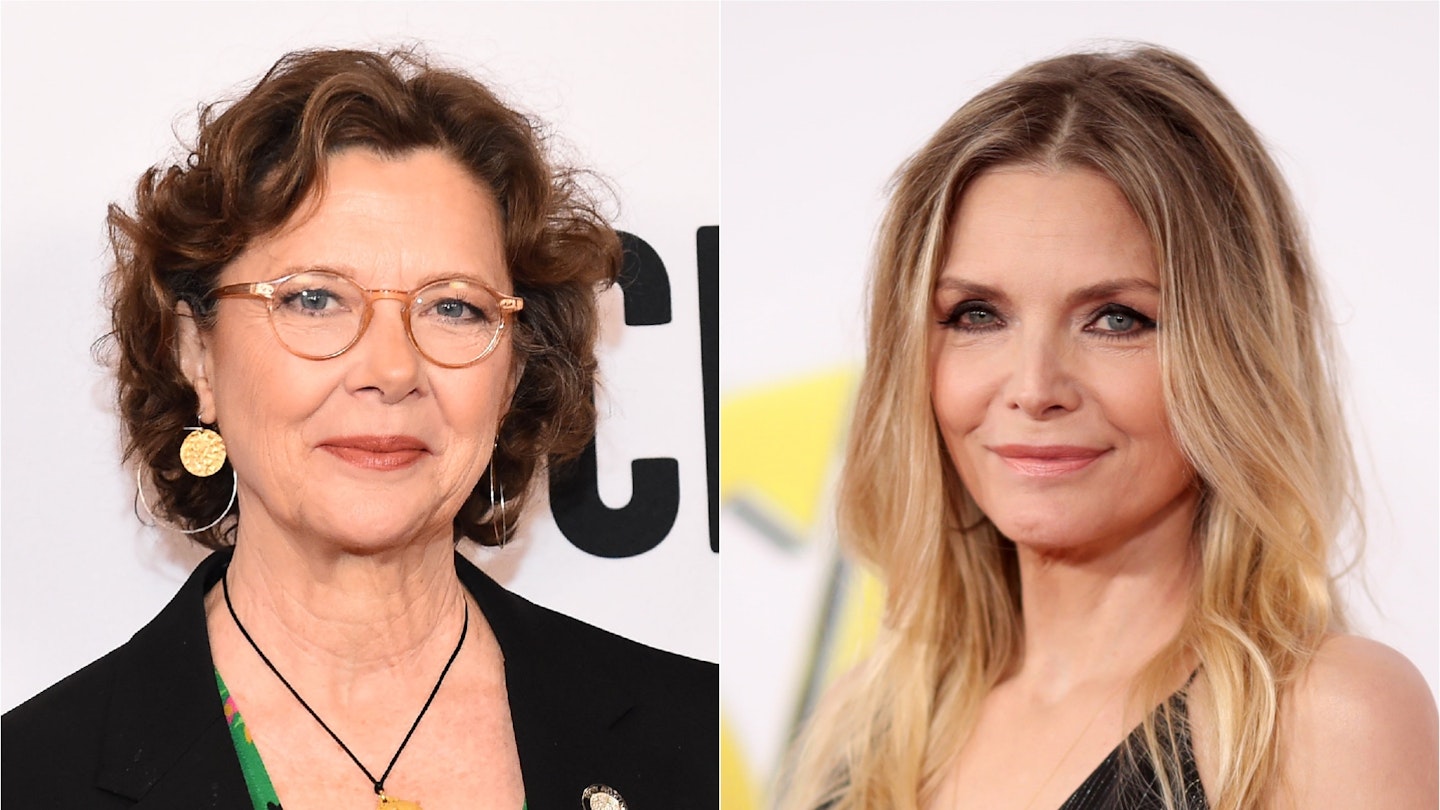The first Maleficent was a magnificently designed, too-densely plotted piece of fairy-tale revisionism, one that — just about — managed to redeem a character who cursed an infant. The good news is that this sequel has a better bad guy, Michelle Pfeiffer's Queen Ingrith, who gives us a gloriously hateable rival to balance Jolie’s imperious anti-heroine. There’s still a lot of work for a film that should really be for kids, but at least this builds to a genuinely epic conclusion.
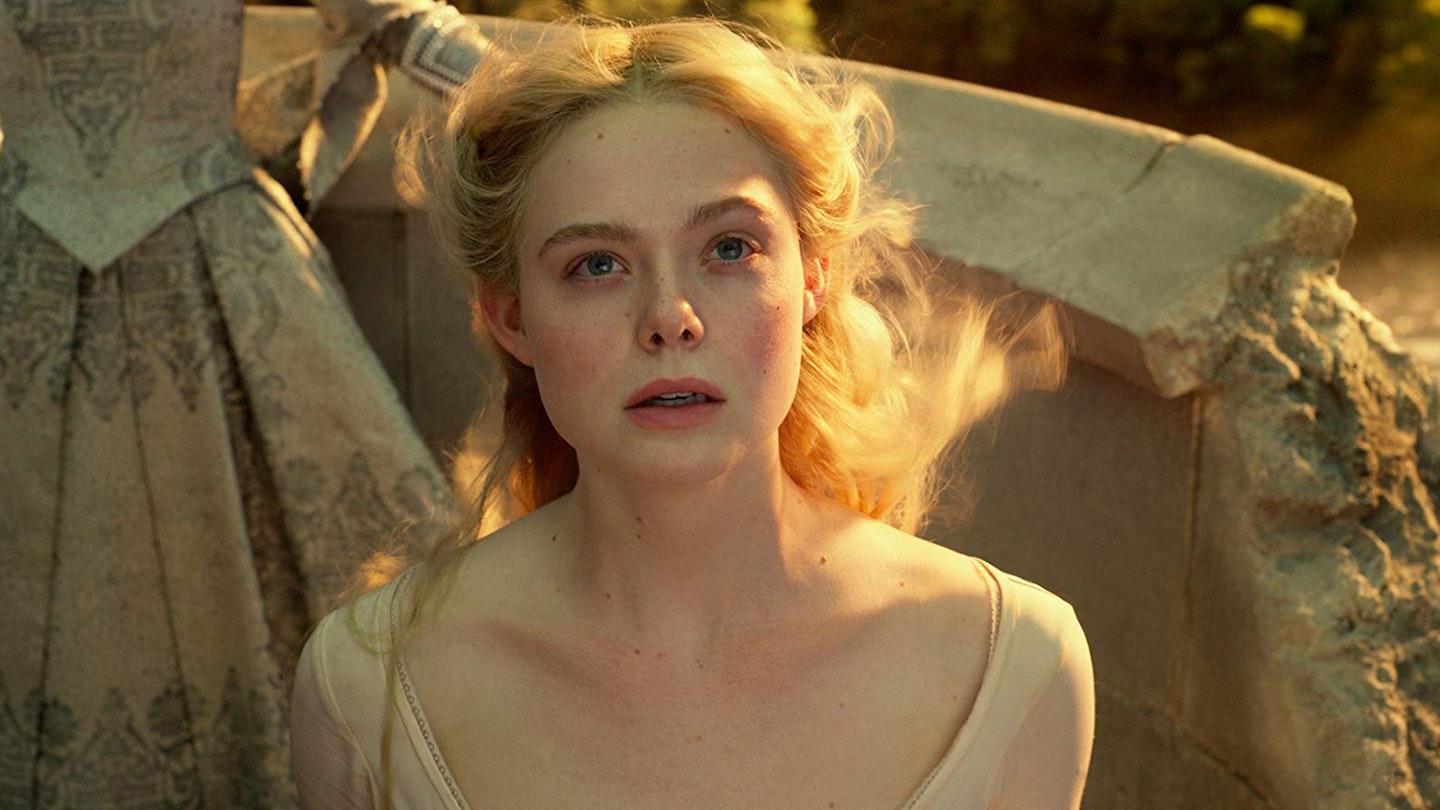
First, however, we have to wade through some syrupy scenes. Aurora (Fanning) is now Queen of the Moors, the mistitled name of a mystical and mountainous fairyland, and she and Maleficent are concerned with the hunt for some kidnapped fairies. But when Prince Phillip (Dickinson, taking over from Brenton Thwaites) proposes, Aurora must bring her scary godmother to dinner with the in-laws: King John (Robert Lindsay) and Queen Ingrith. It goes, as you might expect, disastrously for the wary, defensive fairy.
Maleficent ends up wounded and rescued by other 'dark fae' like herself, a remnant colony led by Chiwetel Ejiofor's Conall and Ed Skrein's more warlike Borra. There are hints of a love triangle but no more than hints: this film is far too interested in the insipid Aurora's attempts to figure out who is behind the plot, something that the audience knows from minute one.
It's refreshing and a little radical to see two armies led by women over 30.
Incoming director Joachim Rønning ensures that it all looks gorgeous, and costume designer Ellen Mirojnick (The Greatest Showman) does stunning work for Jolie and Pfeiffer in particular, one in high-fashion slink and the other armoured in white and pearls. But once again the plot is over-stuffed; too many scenes focus on cutesy fairy folk, and the competing philosophies of the two dark fae men are not always distinct. It’s sad because Maleficent herself is interesting, always at war with her own tendency to distrust, to attack, to lash out. In the same way that Frozen’s Elsa chimed with little children struggling to control their feelings, this anti-heroine can be magnetic when she’s given a chance to hold the screen.
The good news is that it all builds to a gigantic struggle for the future of both kingdoms, as Ingrith lays out a surprisingly familiar theory of government and Maleficent finds a point of balance between trust and safety. It's refreshing and a little radical to see two armies led by women over 30 (even Ingrith’s chief hench-person is female), however magical their surroundings, and Rønning orchestrates the fight beautifully. Fanning even manages to occasionally find something useful for Aurora to do: no mean feat in a character essentially designed to be a simpering blank.
But you still wish that the filmmakers would trust in their leading lady to hold the attention, and slow down a little bit in order to give her a few more character beats. Let Maleficent be Maleficent, and revel in her goth greatness.

